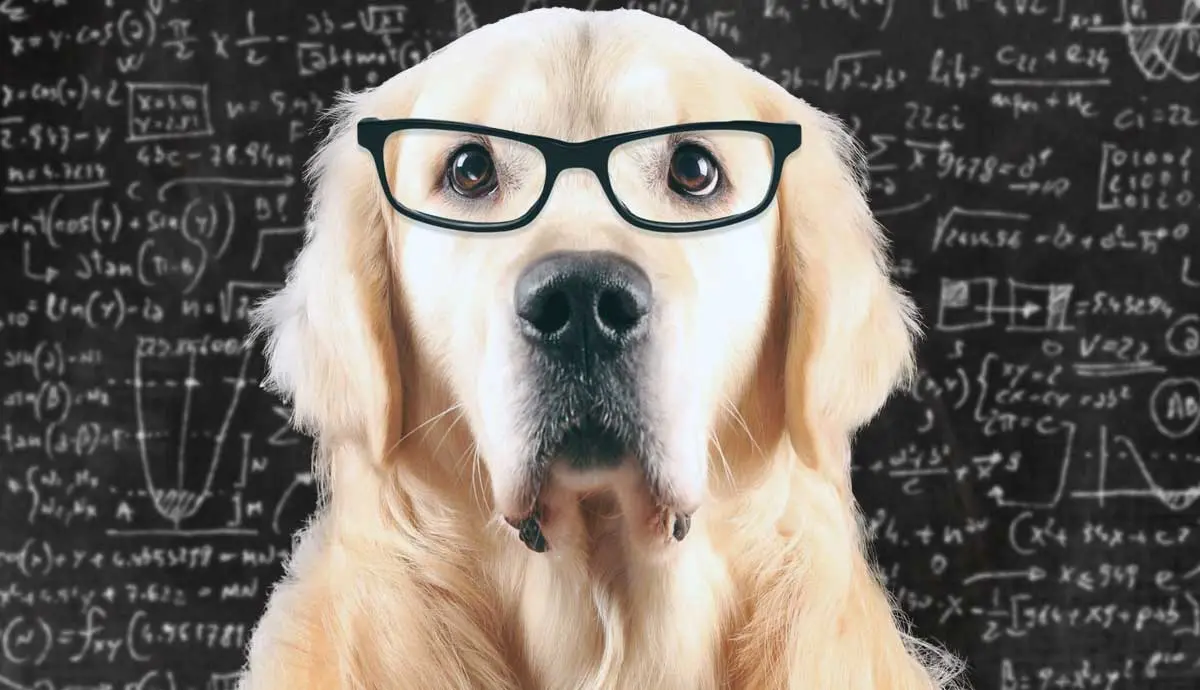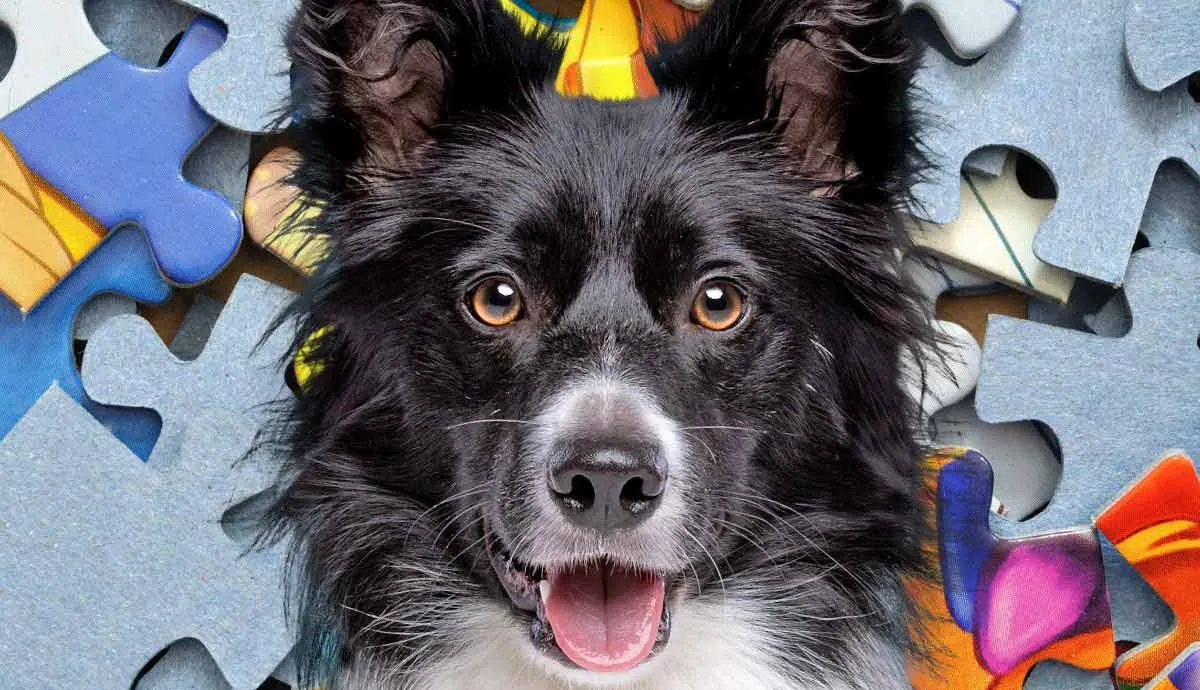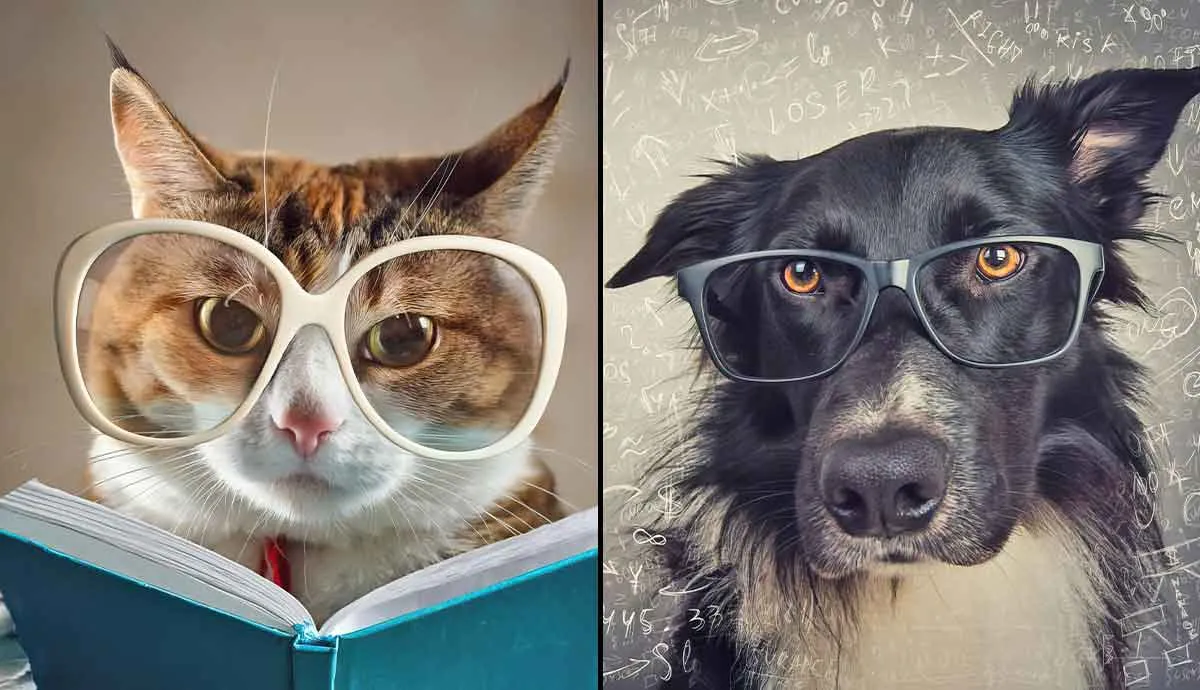Intelligence is not the same in dogs as it is in humans, therefore, measuring a dog’s intelligence is a bit more involved. Many dog breeds are very capable of learning and can even problem-solve, however, certain breeds do not seem to learn as fast and prefer not to use their problem-solving skills. What makes a dog breed less intelligent?
Defining Intelligence in Dogs
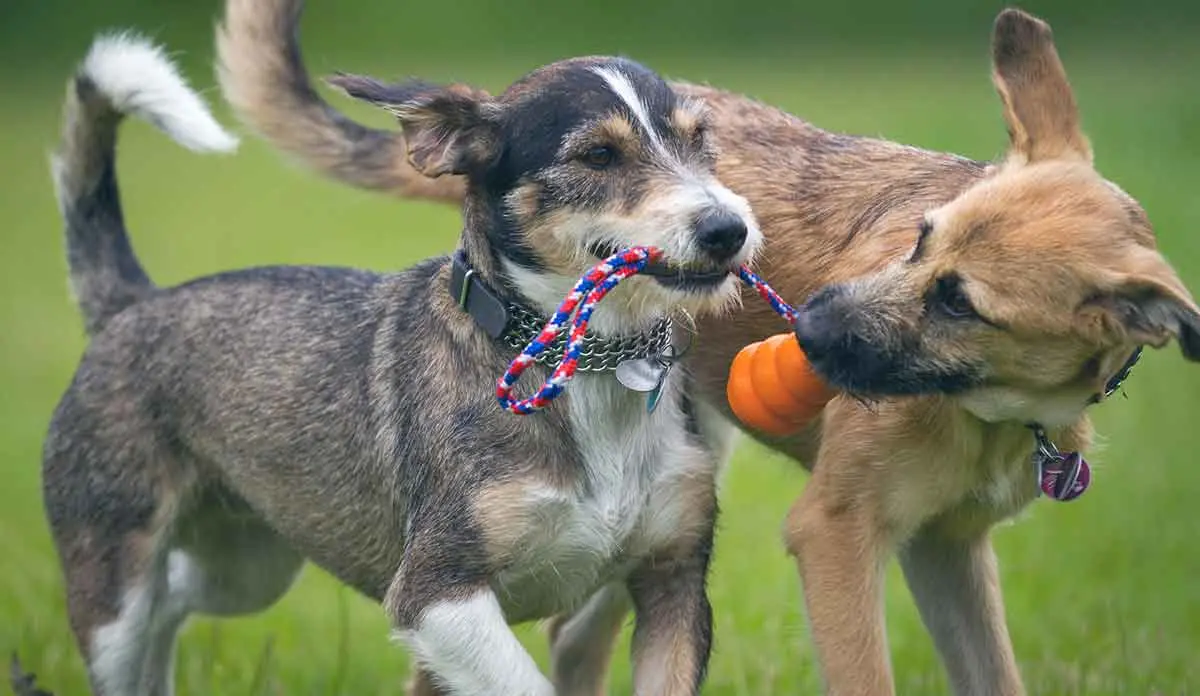
When referring to a dog’s intelligence, it encompasses their ability to understand, learn, and apply the knowledge that is being taught. This includes comprehension, problem-solving, reasoning, and retention or memory.
Intelligent dogs are easier to train and excited for training sessions. They are more adaptable to new situations and willing to step out of their comfort zone. Less intelligent dogs will probably struggle with new tasks and need to have more training sessions before they can fully complete a task on command. Less intelligent dogs may be more independent or stubborn.
Not Only Does Breed Affect Dog Intelligence
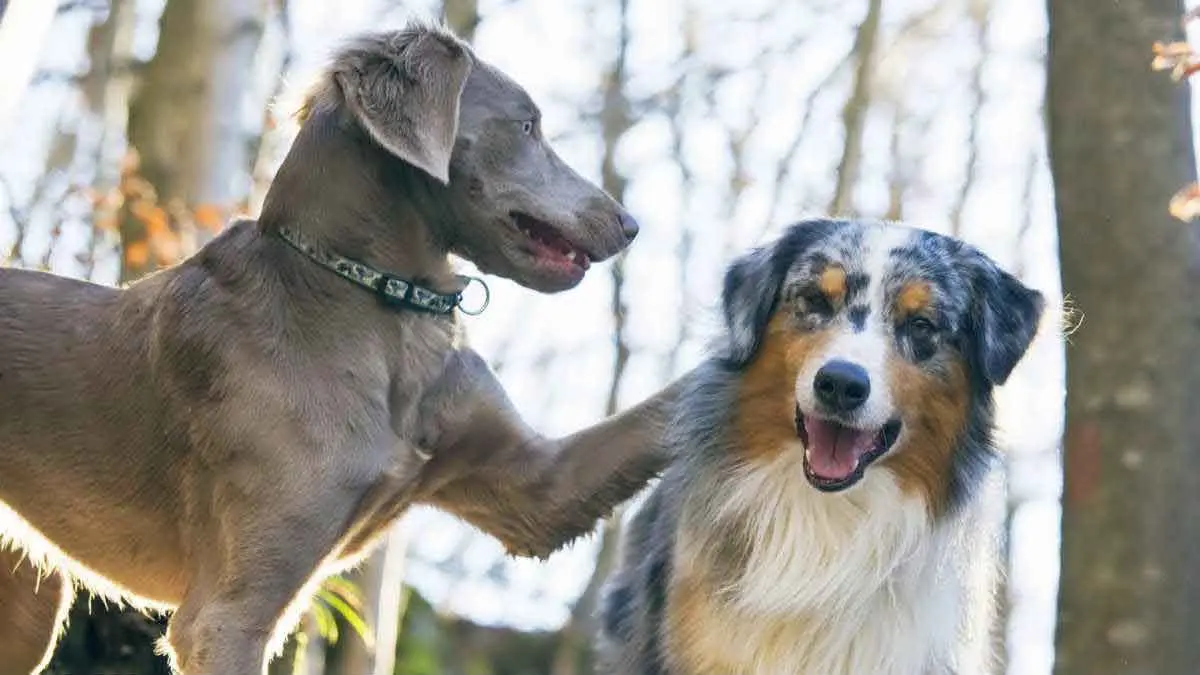
While the breed of dog does play a role in a dog’s intelligence, several other factors influence the overall intelligence of a dog and their ability to learn, problem-solve, and retain what they have learned.
Genetics can play a role in a dog’s smarts, and so can training and socialization. A well-socialized dog is more confident and perceptive to training. A dog’s general environment can also affect their intelligence. Dogs that live in an environment where daily tasks are expected, and they must use their brain either by playing games or completing training tasks will be just as responsive and well-trained even if they are a less intelligent breed.
Researching Dog Breed Intelligence
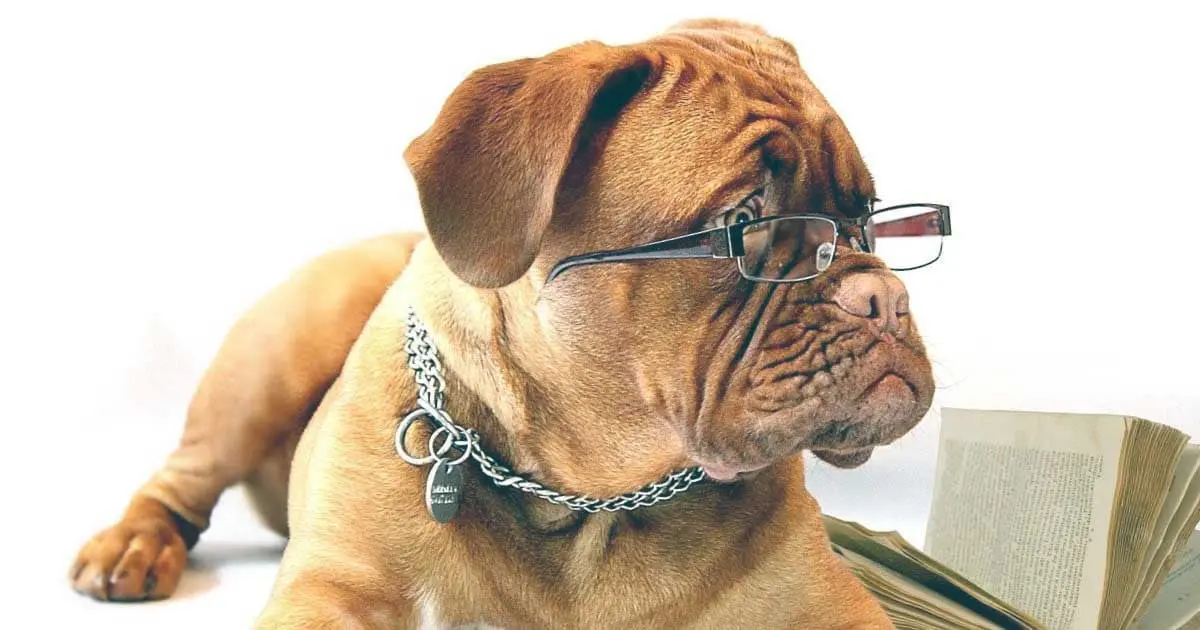
The well-known book “The Intelligence of Dogs” by Stanley Coren uses a ranking system based on three separate factors to determine the overall intelligence of a dog breed. Working intelligence refers to a dog’s ability to problem-solve and determine how to perform new tasks efficiently. Obedience intelligence refers to a dog’s ability to learn and then perform specific tasks quickly. Instinctive intelligence refers to a dog’s natural ability to perform tasks based on the breed's history.
Researchers at the University of British Columbia focused on a dog’s ability to learn new tasks and commands, including their responses to human cues. This methodology might not be the best way to determine a breed’s intelligence as it does not factor in stubbornness or aloofness, which some breeds are well-known to possess.
Intelligence Can Be Found in Different Forms
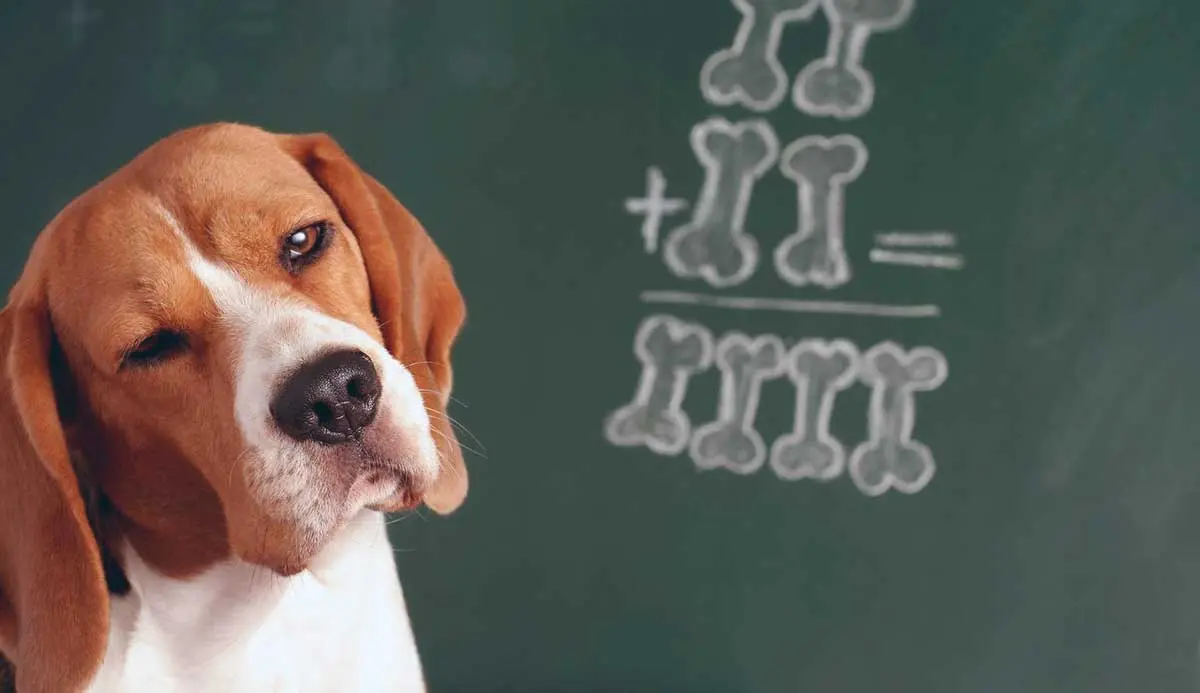
Intelligence in humans can be measured by verbal skills, mathematical skills, memory, logical reasoning, book learning, and so on. Intelligence in dogs can also be measured by several different factors, including instinctive intelligence, adaptive intelligence, and working and obedience intelligence.
Instinctive Intelligence
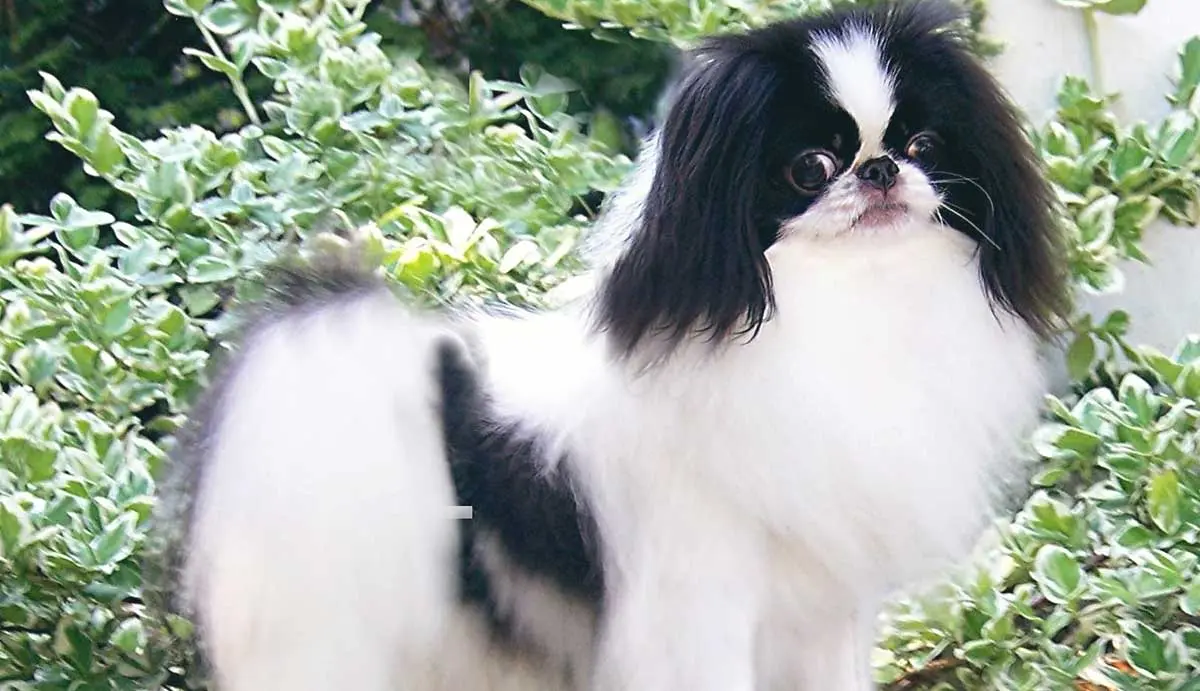
This refers to the original purpose that a dog was bred for, such as guarding, herding, retrieving, protecting, and detecting. The Doberman Pinscher was bred to guard and protect people, the Great Pyrenees was bred to guard and protect livestock, the Border Collie was bred to herd livestock, and the Japanese Chin was bred to be a companion.
Dogs that were bred to be companions and were not expected to perform tasks are more sensitive to humans and will respond to a person’s moods and sense emotional changes. They are more willing to provide comfort and work well as emotional support dogs.
Every dog, purebred or mixed breed, has an instinctive intelligence. It is difficult to measure one breed against another based solely on their instinctive intelligence. Some breeds may seem smarter or learn tasks faster, while other breeds are more sensitive and in tune with humans. Sometimes the abilities of dog breeds are too different to properly compare.
Adaptive Intelligence
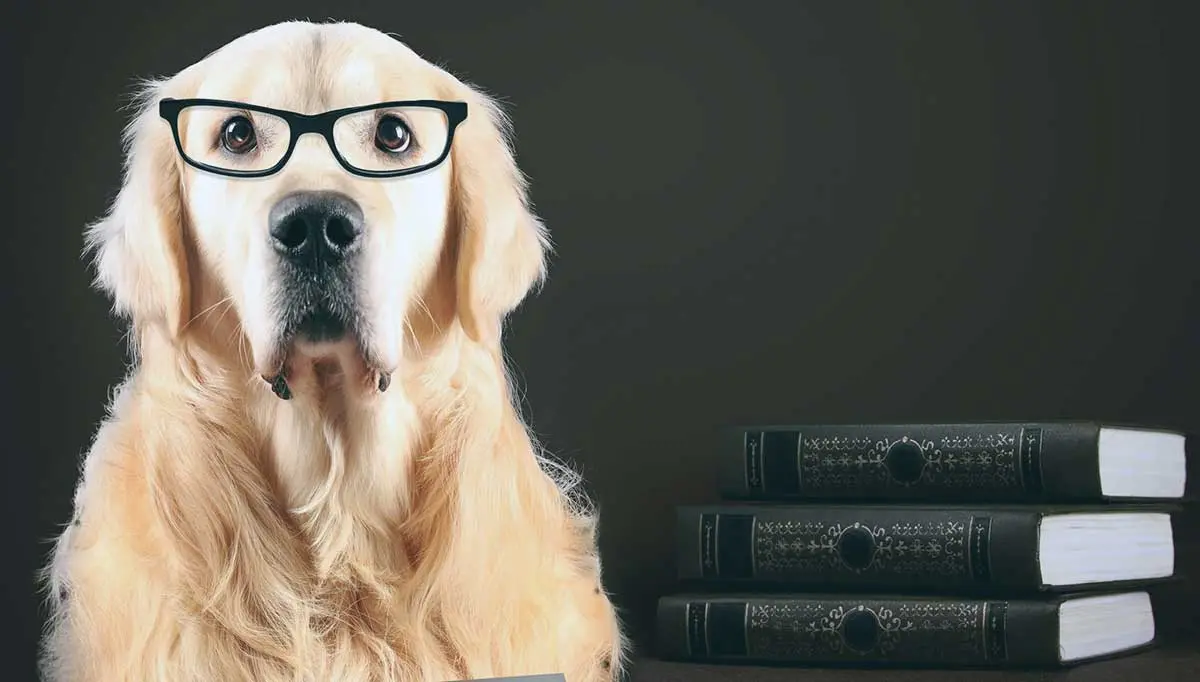
Adaptive Intelligence is a dog’s ability to learn without being trained or told what to do. Even the least intelligent dog breed will have dogs that have amazing adaptive intelligence and can learn by watching and do not have formal training.
Dogs are social animals and crave time with humans and other dogs. They are constantly watching and learning. Even the most aloof or stubborn dog watches what is going on around them. They learn from experiences within their environment and even hone their problem-solving skills without the need for human commands.
A breed’s adaptive intelligence will vary among individual dogs in the same breed. For example, Golden Retrievers will all have the same instinctual intelligence as retrievers however, individual Goldens will have different adaptive intelligence and learn on their own in different ways. One Golden may seem quick-witted and learn quickly, while another may seem a bit slow and unable to learn new tasks.
Working and Obedience Intelligence
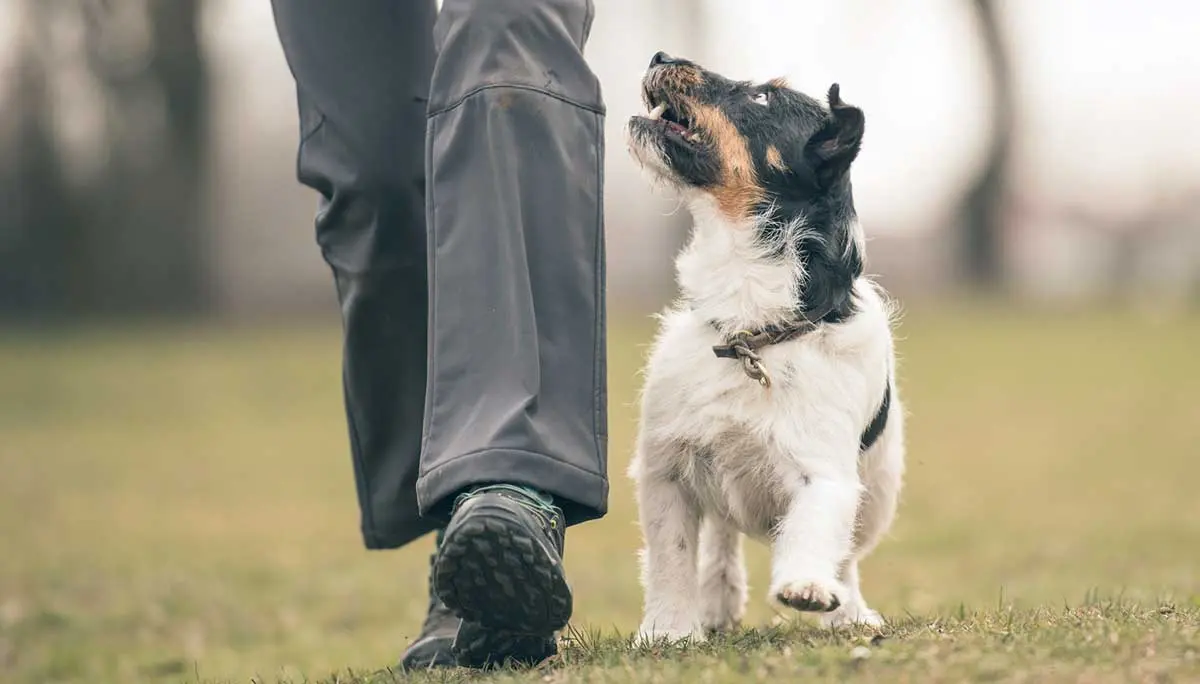
This may be the easiest way to measure an individual dog’s intelligence but not necessarily the best way to measure an entire breed’s intelligence. Working and obedience intelligence is measured by a dog’s ability to quickly learn and carry out a task. While some breeds are easier to train than others, individual dogs of each breed can be surprisingly efficient in training and carrying out tasks. Some dog breeds excel in competitive obedience trials.
Military and police dogs are usually German Shepherd Dogs, Belgian Malinois, and even Labrador Retrievers because of their abilities to quickly learn and execute tasks. There have been individual dogs of these breeds flunked out of military and police training because their intelligence was not up to par.
When a dog responds correctly to a command given by a human, they are demonstrating their intelligence and ability to learn. Even the most stubborn or aloof dog will learn commands and be able to be obedient.
Ranking Dog Breeds’ Intelligence
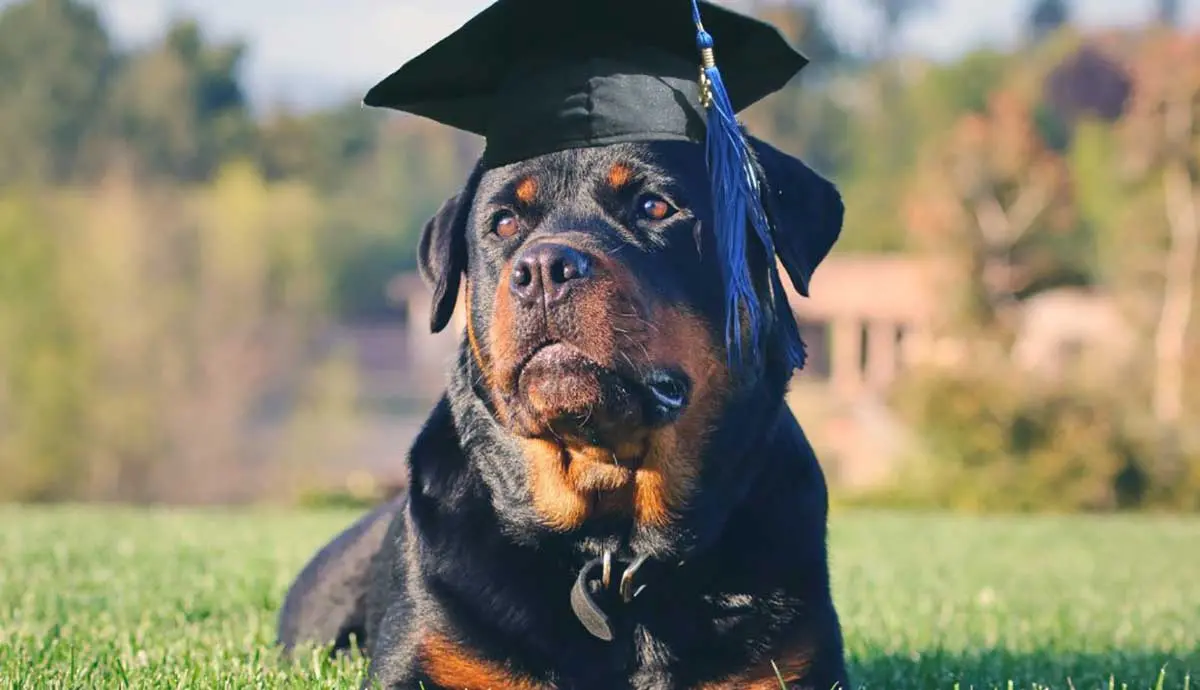
It may seem possible to correctly determine a dog breed’s overall intelligence based on instinctive, adaptive, and working and obedience intelligence. Researchers have used statistics from kennel club records, especially the American Kennel Club (AKC) and United Kennel Club (UKC). Performance events, including obedience, herding trials, barn hunts, and agility, help determine a breed’s overall intelligence.
Based on the number of dogs in a breed registered and the number of dogs in that breed earning performance titles, conclusions are drawn about that breed’s intelligence. This is not an exact science because some of the rare breeds, such as the Otterhound, may not have many dogs registered or competing in events. Therefore, the conclusion would be that these dogs are less intelligent than other breeds, such as the Border Collie or Doberman Pinscher.
A dog can exhibit high intelligence even if the breed is ranked as a less intelligent breed. How each dog learns is different, and training techniques should be adapted to fit each dog. Once you understand your dog’s learning aptitude, they will respond, learn, and become obedient and happy. If you happen to own a dog that is listed as a less intelligent breed, take the time to prove researchers wrong and teach your dog commands,tricks, and how to be a well-adjusted member of society.
